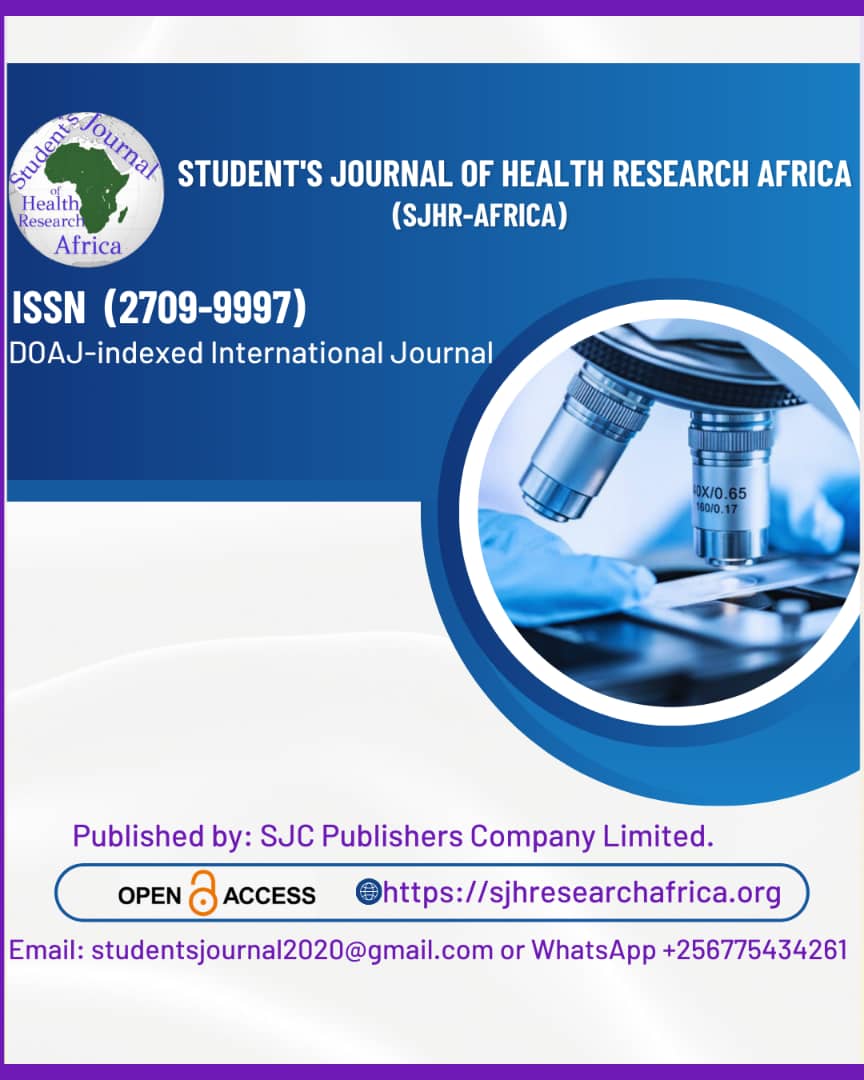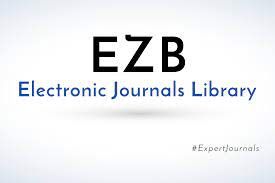Assessment of foreign body sensation and patient satisfaction after inguinal hernia repair: A prospective randomized comparative study.
DOI:
https://doi.org/10.51168/sjhrafrica.v6i9.2103Keywords:
foreign body sensation, inguinal hernia repair, Acharya Vinoba Bhave Rural Hospital, elective Lichtenstein repairAbstract
Background
Lichtenstein tension-free mesh repair is the standard approach for inguinal hernia. However, patient-centered outcomes such as postoperative pain and foreign body sensation (FBS) influence long-term satisfaction. Lightweight meshes have been developed to reduce stiffness and mesh awareness. This study compared lightweight and heavyweight polypropylene meshes regarding FBS and inferred patient satisfaction.
Methods
This prospective randomized comparative study was conducted at Acharya Vinoba Bhave Rural Hospital (AVBRH), a 1200-bed tertiary-care teaching hospital in Wardha, India, from September 2016 to September 2018. One hundred adult male patients with unilateral, uncomplicated inguinal hernia undergoing elective Lichtenstein repair were randomized equally into heavyweight mesh (Group I) and lightweight mesh (Group II). Pain (VAS), FBS, complications, and hospital stay were recorded over 12 months. Patient satisfaction was inferred based on recovery outcomes.
Results
Early postoperative pain was lower in the lightweight group (mean VAS 1.98 ± 0.86 vs 2.64 ± 1.15; p<0.05). FBS was significantly higher in the heavyweight group at 1 month (24% vs 12%; χ²=4.87, p=0.027), 3 months (24% vs 8%; χ²=9.52, p=0.002), and 6 months (12% vs 4%; χ²=4.34, p=0.037). No FBS was reported in either group at 12 months. Mean hospital stay was shorter with lightweight mesh (4.78 ± 1.52 vs 6.70 ± 2.71 days). No recurrence occurred.
Conclusion
Lightweight polypropylene mesh significantly reduces early postoperative pain, foreign body sensation, and hospital stay without compromising recurrence rates.
Recommendation
Lightweight mesh should be preferred for Lichtenstein repair, especially in active and working-age patients to enhance postoperative comfort and satisfaction.
References
Kingsnorth A, LeBlanc K. Hernias: inguinal and incisional. Lancet. 2003;362(9395):1561-71.
Primatesta P, Goldacre MJ. Inguinal hernia repair: incidence of elective and emergency surgery, readmission and mortality. Int J Epidemiol. 1996;25(4):835-9.
Jenkins JT, O’Dwyer PJ. Inguinal hernias. BMJ. 2008;336(7638):269-72.
Bassini E. Nuovo metodo per la cura radicale dell’ernia inguinale. Arch Soc Ital Chir. 1887;4:380-404.
Lichtenstein IL, Shulman AG, Amid PK, Montllor MM. The tension-free hernioplasty. Am J Surg. 1989;157(2):188-93.
Poobalan AS, Bruce J, King PM, Chambers WA, Krukowski ZH, Smith WC. Chronic pain and quality of life following open inguinal hernia repair. Br J Surg. 2001;88(8):1122-6.
Nienhuijs S, Staal E, Strobbe L, Rosman C, Groenewoud H, Bleichrodt R. Chronic pain after mesh repair of inguinal hernia: a systematic review. Am J Surg. 2007;194(3):394-400.
Aasvang EK, Kehlet H. Chronic postoperative pain: the case of inguinal herniorrhaphy. Br J Anaesth. 2005;95(1):69-76.
Junge K, Klinge U, Rosch R, Klosterhalfen B. Functional and morphologic properties of a modified mesh for inguinal hernia repair. World J Surg. 2002;26(12):1472-80.
Klosterhalfen B, Klinge U. Retrieval study at 623 human mesh explants made of polypropylene – impact of mesh class and indication for mesh removal on tissue reaction. J Biomed Mater Res B Appl Biomater. 2013;101(8):1393-9.
O’Dwyer PJ, Kingsnorth AN, Molloy RG, et al. Randomized clinical trial assessing impact of a lightweight or heavyweight mesh on chronic pain after inguinal hernia repair. Br J Surg. 2005;92(2):166-70.
Bringman S, Wollert S, Osterberg J, et al. Three-year results of a randomized clinical trial of lightweight or standard polypropylene mesh in Lichtenstein repair of primary inguinal hernia. Br J Surg. 2006;93(9):1056-9.
Zhong C, Wu B, Yang Z, Deng X, Kang J. Meta-analysis of randomized controlled trials comparing lightweight and heavyweight mesh for inguinal hernia repair. Br J Surg. 2013;100(2):163-72.
O’Dwyer PJ, Kingsnorth AN, Molloy RG, Small PK, Lammers B, Horeyseck G. Randomized clinical trial assessing impact of a lightweight or heavyweight mesh on chronic pain after inguinal hernia repair. Br J Surg. 2005;92(2):166–70.
Bringman S, Wollert S, Osterberg J, Smedberg S, Granlund H, Heikkinen TJ. Three-year results of a randomized clinical trial of lightweight or standard polypropylene mesh in Lichtenstein repair of primary inguinal hernia. Br J Surg. 2006;93(9):1056–9.
Zhong C, Wu B, Yang Z, Deng X, Kang J. Meta-analysis of randomized controlled trials comparing lightweight and heavyweight mesh for inguinal hernia repair. Br J Surg. 2013;100(2):163–72.
Junge K, Klinge U, Rosch R, Klosterhalfen B. Functional and morphologic properties of a modified mesh for inguinal hernia repair. World J Surg. 2002;26(12):1472–80.
Brown CN, Finch JG. Which mesh for hernia repair? Ann R Coll Surg Engl. 2010;92(4):272–8.
Klosterhalfen B, Klinge U. Retrieval study at 623 human mesh explants made of polypropylene: impact of mesh class and indication for mesh removal on tissue reaction. J Biomed Mater Res B Appl Biomater. 2013;101(8):1393–9.
Klosterhalfen B, Junge K, Klinge U. The lightweight and large porous mesh concept for hernia repair. Expert Rev Med Devices. 2005;2(1):103–17.
Kingsnorth AN, Wright D, Porter CS, Robertson G. Prolene Hernia System compared with Lichtenstein patch: a randomized double-blind study of short-term and medium-term outcomes in primary inguinal hernia repair. Hernia. 2002;6(3):113–9.
Downloads
Published
How to Cite
Issue
Section
License
Copyright (c) 2025 Yashaswini Nanda, Kumar Mrigesh, Suvit Jumde, Tanu Pradhan

This work is licensed under a Creative Commons Attribution-NonCommercial-NoDerivatives 4.0 International License.





















